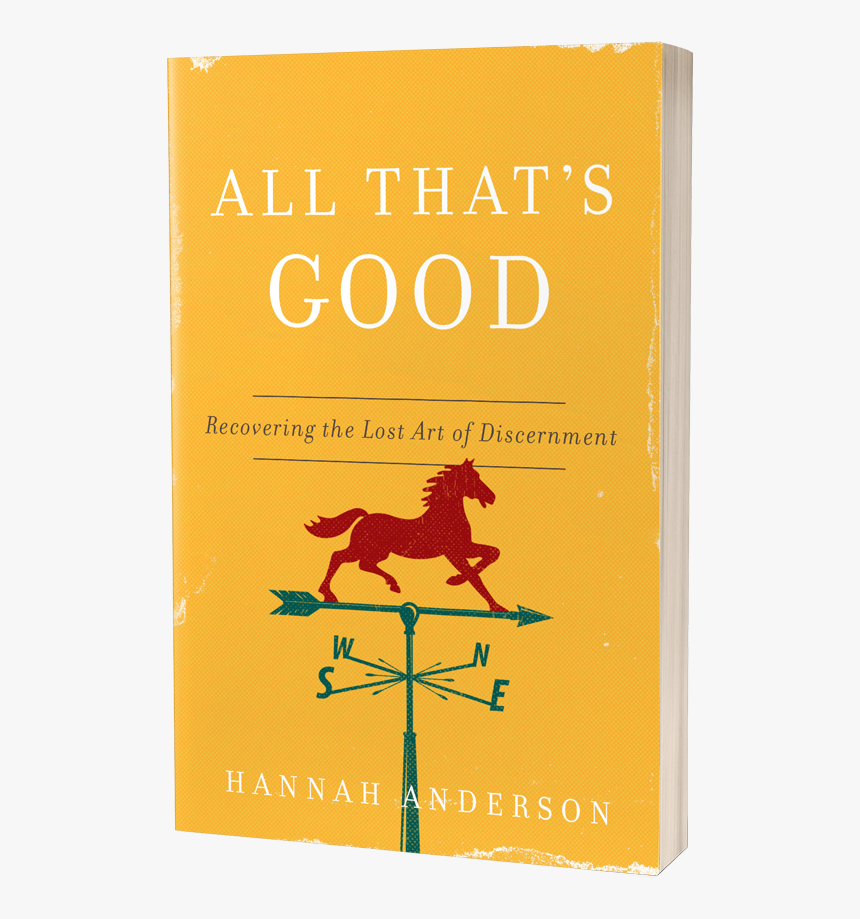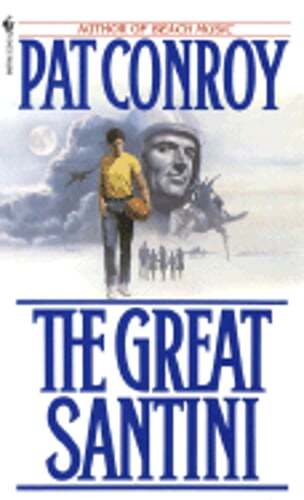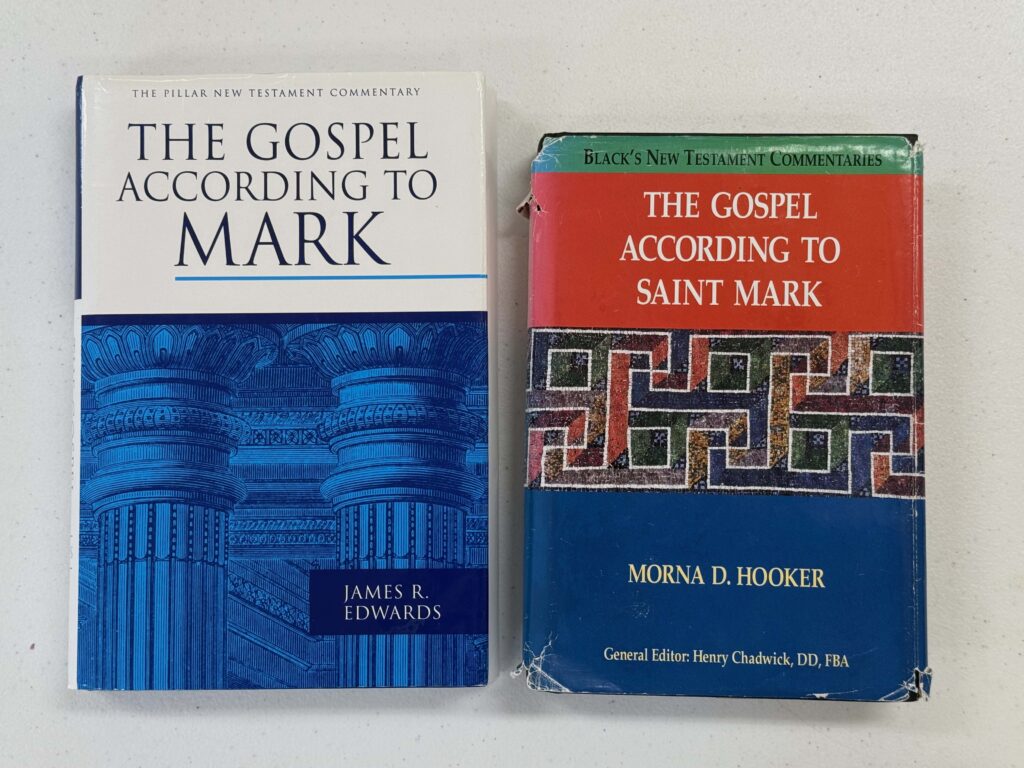Timothy Egan, A Fever in the Heartland: The Ku Klux Klan’s Plot to Take Over America, and the Woman Who Stopped Them

(2023, Penguin Books, 2024), 404 pages including index and notes on sources.
A Personal note: In late 2010, I was visiting with Earl, a parishioner of First Presbyterian Church of Hastings (Michigan), who was dying. Earl was 96 years old and had lived in Hastings since 1950. Another friend of Earl’s, who was also in his 90s, was present. I no longer remember his name, but I remember that he had grown up in Hastings and was Catholic. The man talked about coming back into town with his father, from a trip to Grand Rapids. On a field outside of the town there was a large cross burning and a huge crowd of men in white robes. His father immediately ordered him to get on the floor of the car. Fright took over his father (and him). In the 1920s, the Klan was popular in the heartland, as Egan reminds us.
My review: Does character matter? Do we expect our leaders to adhere to moral standards? These are questions we should ask ourselves. After all, in the past decade, we’ve had the “me too” movement, which lead to many resignations of politicians, preachers, educators, and others in positions of leadership. Then, in a backlash, none of it seem to matter as we elect to office those convicted of sexual offenses. The appointment of others despite moral failures including sex and drug abuse and alcoholism occur. In a way, reading Egan’s book about a situation in the 1920s, makes me wonder what has changed. If anything, this book just makes another case proving human depravity.
In the early 1920s, D. C. Stephenson arrived in Indiana. Within two years, he would become the Grand Dragon of the Ku Klux Klan of the state. By the mid-20s, Indiana had the most Klan members (by percentage of population) of all the states. The Klan was no longer strictly a southern institution. Many municipalities even in the heartland already had “sundown laws,” which barred African Americans after the sunset. The Klan was also strong in Colorado and Oregon.
The growth of the Klan in the 1920s was racist, just like the Southern Klan during Reconstruction. But they had broadened their racial views to include immigrants from Eastern Europe, especially Catholics and Jews. In the West, they added Asians to those they saw as a threat to American values. Notre Dame University became a big target in Indiana. Egan suggests that their mascot, “The Fighting Irish” came not from their undefeated football team, but the students battling the Klan who held a rally in South Bend.
In addition to racial hatred, the Klan of the 1920s encouraged the purity of white women and supported prohibition. While the Klan was men-only, there were significant numbers of auxiliary groups for women and children.
In Indiana, the Klan held power. They donated to both political parties and to churches with whom they sought to ally in their vision of an idolized America. They owned the governor and legislatures and local officials. People assumed Stephenson would eventually fil an empty Senate seat. The Klan was thinking big, including having eyes on the Presidency.
But for the Klan leadership in Indiana, especially for Stephenson, the rules didn’t apply. He was a masochist and felt women were his for the taking. He used intimidation to silence women he abused. Also, with his close supporters, he not only drank, but drank to excess.
When Stephenson set his eyes on Madge Oberholzer, an attractive young woman who’d asked for his help for her job with the state, things swirled out of control. She resisted his advances. He kidnapped her. When she made it back home, she was dying. He had not only brutally beaten her but had also severely bitten her all over her body. When she couldn’t escape, she attempted suicide.
As she lay dying from her abuse, she dictated a statement which was notarized as her testament, a legal maneuver which allowed her to “speak from the grave,” into a court of law. His friend, the sheriff, arrested Stephenson. But instead of eating jailhouse food, the sheriffs wife cooked his food.
Stephenson and two associates went to trial. The trial began after a lot of legal maneuvering over what could and couldn’t be admissible as evidence. While the court didn’t allow several additional women to testified of their rapes by Stephenson, it also kept out of court Stephenson’s past included an abandoned wife and child. While Stephenson’s followers attempted to bride officials and jury, the jury returned a verdict of guilty of second-degree murder.
The trial brought to the public’s attention the hypocrisy of the Klan’s leadership. In the aftermath of the trial, the Klan in Indiana declined almost as fast as it had risen.
Americans should read this book. The use of “American enemies” to cause a groundswell against the “others” is nothing new. Thankfully, in the 1920s, folks like Madge Oberholzer and a few brave newspapers, ministers, academics, and politicians stood fast against the rising intolerance. It’s never fun to be the one who speaks out, but speaking out is important.
Hannah Anderson, All That’s Good: Recovering the Lost Art of Discernment

(Chicago: Moody Publishing, 2018), 215 pages including study questions for each chapter and source notes.
I became acquainted with Anderson’s work through the HopeWords Writer’s Conference in Bluefield, West Virginia, which I have attended three times. Anderson is a regular at the conference and one of the ones who works behind the scenes to put the conference on each year. (Soon, I hope, I’ll post a review of this year’s conference). I am also looking forward to hearing good things about her when she preaches for me this June (sadly, I’ll be out-of-state that Sunday).
This book is divided into three parts. The first part deals with what’s good and why we should seek it out. In part 2, Anderson approaches discernment using Paul’s exhortations at the end of Philippians. Drawing on verses 8 and 9, she works through the verses dealing with “whatever is true, honorable, just, pure, lovely and commendable. In Part 3, she looks at the meaning of the good and how we’re to work through a community for the common good.
Anderson writing is a pleasure to read. She draws on her own memories to illustrate her points. I recommend this book to those interested in fostering a world where we celebrate the good, the beautiful, and the empathic. This is the second book I’ve read by Anderson. The first, Humble Roots, I reviewed in 2022.
Pat Conroy, The Great Santini

(1976, HarperAudio 2023), 18 hours and 4 minutes.
It’s 1960. Having just returned to America from a stint in the Mediterranean, Bull Meacham is given the command of his own Marine Corp Fighter Squadron in Ravenell, SC. He meets up with his family in Atlanta, where they had been staying with his wife (Lillian) family. They then make a long early morning drive across Georgia and South Carolina. That drive seems to take forever, but in it we get to experience characteristics of Bull and his family. None of his children want to move, especially Ben, who will be a senior in high school. They’ve all been through this drill of having to make friends again.
Ben quickly makes two friends. One is a Jewish boy whom he comes to his aid during a fight and the other is a stuttering young African American man who raises flowers, produce, and honey as well as collecting oysters and gigging flounder for a living. Sadly, Ben loses both friends. The Jewish boy’s family sends him for safety while another white boy kills the African American.
While this goes on, Ben finally beats his father in one-on-one basketball. Bull’s lost didn’t go over well. His father, the Great Santini, fears getting older. He also fears changes to his beloved Marine Corps, that they’re losing their toughness. A few characteristics of his father became grating by the end of the book. When he would enter the home, he’d shout, “Stand by for a fighter pilot.” He would call those he’s talking to, “Sports Fans.”
Ben finds his place in high school on the basketball team. He becomes the star, but his father comes to a game drunk and encourages Ben to take out a kid on the opposing team he’s guarding. Ben snaps and breaks the boys arm, which ends with him kicked off the team for the remaining of the season. When Ben turns 18, his father takes him to the officer’s club. Ben comes home drunk, like his father, ruining the planned family dinner that evening.
This book touches on many themes. Child and spouse abuse, father/son relationships, coming of age, race relationships, life in a small southern town in the early 1960s, and the Yankee/Southern conflict (Bull was from Chicago and Lillian from the South). The story is fictionalized, but Conroy draws on his famil experiencesy. I have heard his novel didn’t go over well in his family and I can see why. In real life, the Great Santini didn’t die as he does in the book (which I left out of the book as it would be a spoiler). Conroy later wrote a nonfiction book about his father titled The Death of Santini.
I enjoyed the story. The book is easy to follow. Conroy tells it in a chronological fashion. There are similar themes to the other Conroy books I’ve read (Prince of the Tides, The Water is Wide, and South of Broad). All these books center on the Low Country of South Carolina. Thoese (except for The Water is Wide) were published later in Conroy’s life and show a more mature writer. I have also seen the movie, which came out in 1979, but it’s been decades so I don’t remember enough to compare the book and the movie.
Two Commentaries on the Gospel of Mark

James R. Edwards, The Gospel According to Mark (Grand Rapids, MI: Eerdmans, 2002), 550 pages
Morna D. Hooker, The Gospel According to Saint Mark (1991, Hendrickson Publishers, 1997), 424 pages
For the past sixteen months I have been working my way through the gospel of Mark. I have preached 53 sermons from Mark. At the beginning, I read through one short commentary by Doug Hare, a former professor of mine. Then, I read through these two commentaries as I worked my way through the gospel, finishing both this past month.
Of the two commentaries on Mark, my favorite would be the one by James Edwards. I first became familiar with his writing with his excellent 2015 commentary on Luke. This commentary on Mark was published 14 years earlier. Both books are a part of the “Pilar New Testament Commentary” series. This author is very familiar with the early church and the role Mark’s gospel in the early church. I have previously reviewed his book From Christ to Christianity. My complaint is that the author didn’t do his own translation and seems to mostly depend on the New International Version of the Bible.
The commentary is easy to read and follow. I especially liked Edward’s use of “Mark’s sandwiches”, a literary technique in the second gospel in which two different themes merge into one passage. The first is mentioned, then Mark moves off on what seems to be a tangent as he writes about something else., Then he returns to the first subject. Soon, having been introduced to the concept, I found such constructions even before reading the commentary. By playing the two ideas off each other helps the reader of the gospel to grasp deeper thoughts.
I also appreciated how Edwards, when things needed more explanation, would insert an “Excursus” to better explain an idea.
The second commentary by Morna Hooker was republished as a part of Black’s New Testament Commentaries Series. In this series, the author was expected to provide her own translation, which she does while admitting that she started her work using the New English and Revised Standard Versions of scripture. Hooker is retired but taught at Cambridge (and the commentary does have an “English feel” to it).
Like Edwards commentary, Hooker’s work is easy to read and understand. Neither commentary gets so far into the weeds that one has difficulty following. With her own translation of the text, Hooker’s work is a welcomed addition to the more traditional types of commentaries.
In addition to these commentaries, I have also read all or parts of commentaries by Douglas R. A. Hare, Mark: Westminster Bible Companion (Louisville, KY: WJKP, 1996), William L. Lane, The Gospel of Mark (Grand Rapids, Eerdmans, 1974), Mary Ann Tolbert, Sowing the Gospel: Mark’s World in Literary-Historical Perspective (1989, Minneapolis: Fortress, 1996); Brian K. Blount, Go Preach! Mark’s Kingdom Message and the Black Church Today (Maryknoll, NY: Orbis Press, 1998), and David Rhoads and Donald Michie, Mark as Story: An Introduction of the Narrative of a Gospel (Philadelphia: Fortress, 1982).


Looks like a good reading month! I’m going to read the Klan book if my library ever gets a copy. The county where I live has almost all of Colorado’s Klan members, so I accidentally run into their stuff occasionally.
I’m not going to read nearly as many in May 🙂
I had to check your reviews again as I recalled All is Good being just what I need! I appreciate and enjoy all of your book reviews! Enjoy your week ahead!
I hope you enjoy the book, Karen. I wrote a bit about her in my latest post on HopeWords 2025.
Great reviews, as usual. I am happy I feel I can wait to read them as my TBR pile is pretty full.
There are no reason to read everything, it would be a frustrating experience.
The first two books sound very good to me.
I think today’s KKK is different than that of 100 years ago, but not any better. I remember some of the campaign slogans from when Edwin Edwards (who had already been indicted and convicted on several things) ran again the Grand Wizard of the KKK (David Duke) for Governor of Louisiana in the early 90s. Some of them are pretty funny.
https://en.wikipedia.org/wiki/Edwin_Edwards#Second_comeback:_Edwards_vs._Duke,_1991
I’d forgotten about Edwards. It’s ironic that he was told the only way he’d win another election was to run against Hitler, then he ran against the modern day equivalent, David Duke (and won).
Many years ago, the first sign we saw as we crossed from Missouri to Arkansas on our way to the family cabin was a road adoption sign that stated that the next two miles of road had been adopted by the KKK. Eventually it went away but it always made me consider my surroundings.
I have normally assumed they’d be the type to put the litter out, not collect it! Barbara Kingslover had a recent article about people helping in the flood after Helene and how these two men became friends working together, the one being African American. He was surprised to the see the bumper stickers on his “new friend’s” truck that made him wonder. We’re all complex people.
I remember as a kid we heard a lot about the Klan but now a days we don’t hear as much which is good. They are still around but their presence isn’t as out in your face as they once had been.
They’re still around and not only in the South, but thankfully they are not nearly as visible.